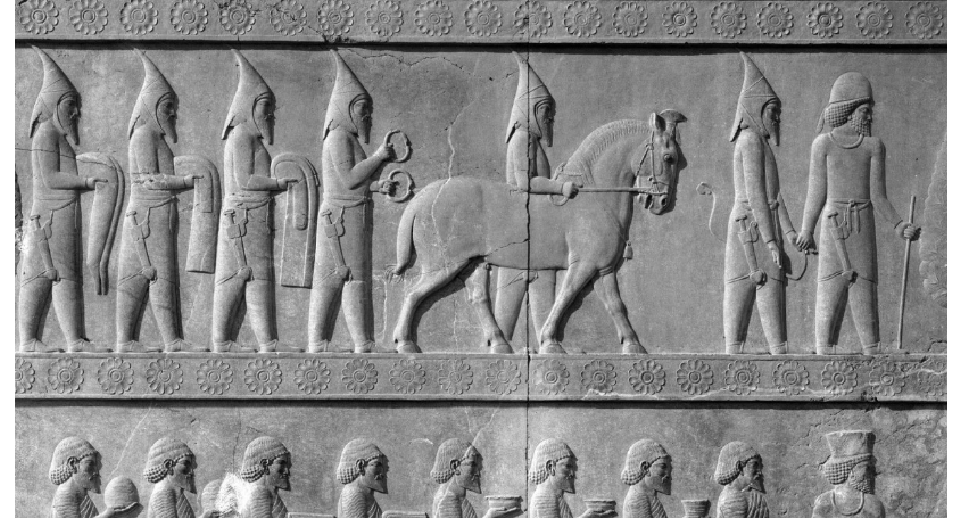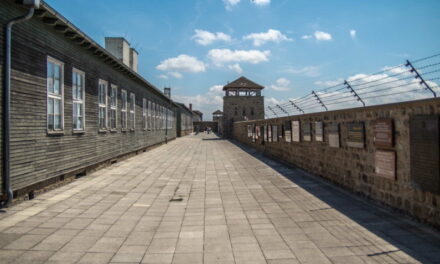The Mandiner employee asked the archaeologist and associate professor about the topic.
Who are the Scythians? They are of great interest in our country, yet there are many misconceptions about them.
At the outset, we must be aware that the name Scythian was a collective name in ancient times, which was used by empires and state structures with writing to name communities with a nomadic or settled lifestyle living in or originating from the areas north of the Black Sea, using the fighting style developed by horse nomads.
Different forms of the Scythian name appeared in Greek and Middle Eastern written sources at the end of the 8th century BC and the beginning of the 7th century. Iškuza, used by the Greek Scythians and the Assyrians, may originally have been the self-name of an Iranian-speaking tribe or tribal confederation, or perhaps of a leading clan.
In the beginning, the Assyrian empire had a hard time getting along with the continuous attacks of the well-organized horse warriors who were ravaging their territories, but over time they managed to establish alliances with some of their groups through diplomatic methods. According to the testimony of Greek and Assyrian sources, the Scythian attacks kept the entire Middle East under constant pressure during the 7th century and devastated the strong kingdoms of the region. The crisis situation created by their attacks on Asia Minor even left its mark in the Bible:
In the book of the prophet Jeremiah (I. 14-15), the Scythians are called the people of the night, whose "horses are faster than eagles".
Herodotus also mentions them...
The Scythians appeared in the field of view of the Greek world from the 8th century BC. Indeed, their first mention is known from the Iliad, where they are mentioned as horse-milking and mare-milking people living in the far north. Starting from the 7th century BC, information about them increased: from that time on, the edge of their territories, the northern coast of the Black Sea, became one of the important target areas of increasingly powerful Greek colonization. The most famous and most detailed Greek source about the peoples who ruled the steppe is the 4th book of Herodotus' great work on the Greco-Persian wars, which describes their borders, tells about their origins and customs in connection with the Persian ruler Darius' campaign against the Scythians in 515-514 BC. and also about the groups living in their neighborhood.
Do the archaeological sources confirm what Herodotus wrote?
Yes, it is confirmed at many points: from these finds, we can see that the 9th-4th BC. In the 19th century, worlds with a similar material culture took shape in the steppe and forest steppe regions under the leadership of groups speaking mainly Iranian languages. In these, there are both horse-nomadic communities and communities specializing in grain production, as well as those that develop special, hybrid versions of the two farming methods, but all of them are connected by an elite with a spectacularly uniform dress code, custom system, weapons, and fighting style.
The culture that can be associated with the Scythians is not limited to the Black Sea area, but includes the huge steppe river salt stretching from the Carpathian basin to the Inner Asian region. 9-8 BC century, the horse-breeding peoples who threatened the territory of the Chinese Chou dynasty, or the horse archers who attacked the Persian provinces of Central Asia, have common cultural roots and can both be included in the collective term Scythian.
The full article can be read here.
Author: Gergő Kovács
Image: An embassy dressed in Scythian costume on a relief of the Persian ruler's palace in Persepolis from the 5th century BC












